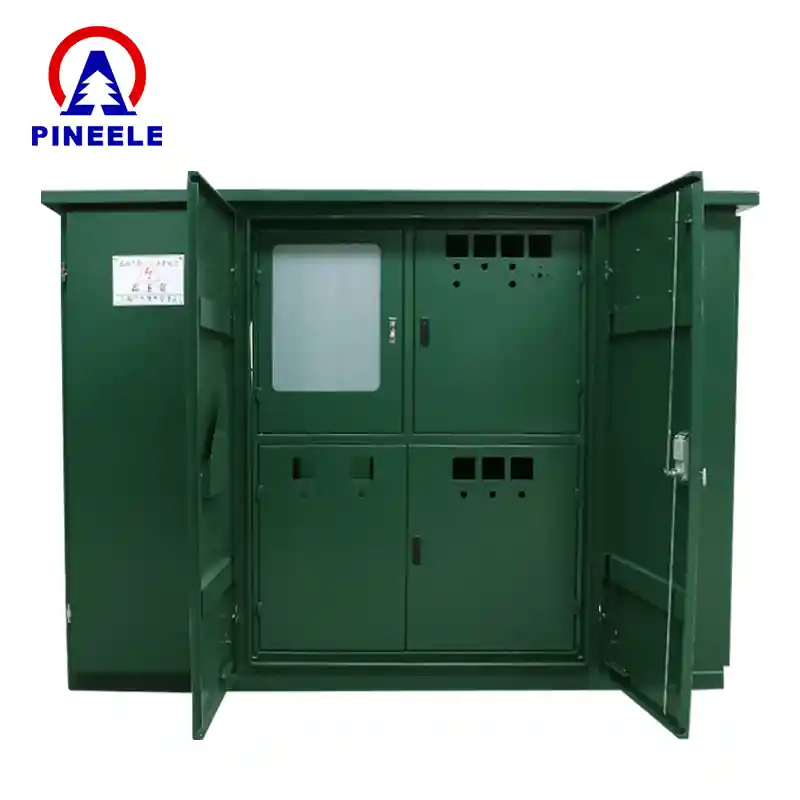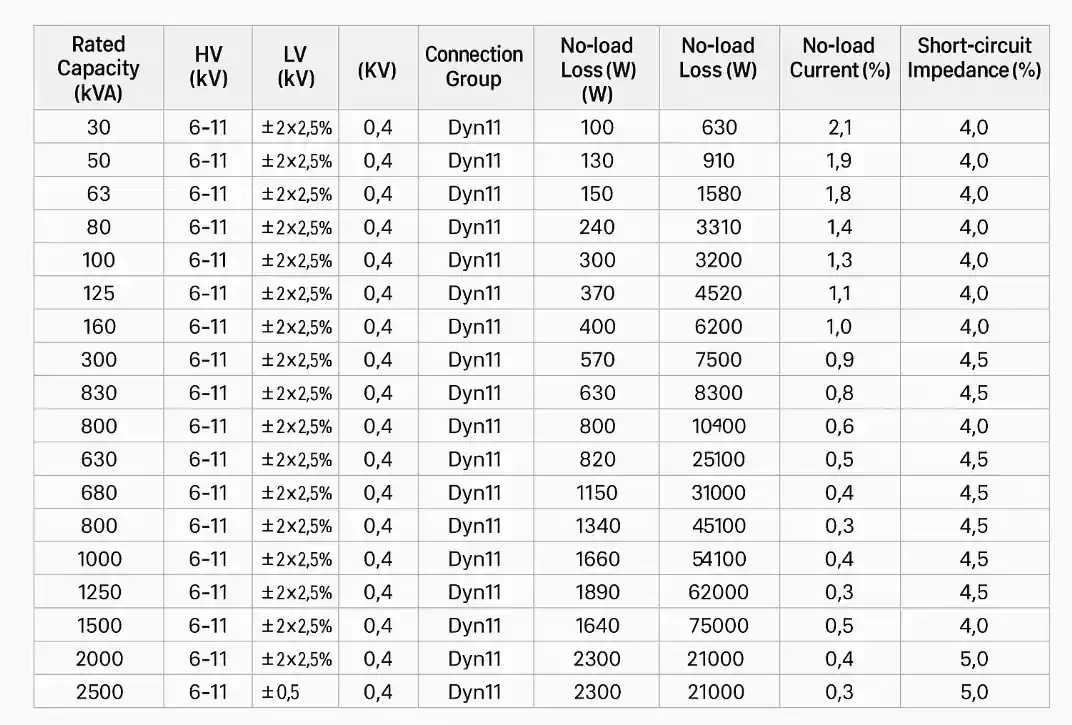Når det gælder elektrisk infrastruktur, er det afgørende at forstå forskellene mellem kompakte transformerstationer og traditionelle transformerstationer for at få en effektiv og pålidelig strømfordeling. Kompakte transformerstationer er designet til mindre, mere kompakte rum, med reduceret fodaftryk og lavere byggeomkostninger. I modsætning hertil er traditionelle transformerstationer større og mere komplekse og kræver mere plads og flere ressourcer. De vigtigste forskelle omfatter spændingsniveauer, transformer-guide design og kontrolsystemer. Denne sammenligning fremhæver fordelene og begrænsningerne ved hver mulighed og hjælper dig med at træffe en informeret beslutning i forhold til dine specifikke projektbehov.

Når det drejer sig om elektrisk infrastruktur, er kompakte transformerstationer og traditionelle transformerstationer to forskellige muligheder. En kompakt transformerstation er et mindre og mere effektivt alternativ til traditionelle transformerstationer, der er designet til at reducere fodaftryk og installationsomkostninger. De vigtigste forskelle er reduceret fysisk størrelse, lavere effekthåndteringskapacitet og forenklet design. Traditionelle transformerstationer har derimod en højere effektkapacitet og et mere komplekst design. At forstå disse vigtige forskelle er afgørende for at kunne vælge den rigtige løsning til dine specifikke projektbehov.



